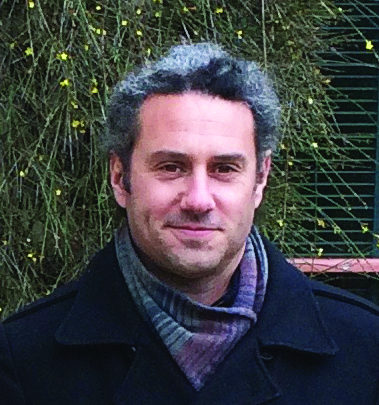
Ancient diets and global challenges: can insights from hominin dietary ecology help address the pressures facing Arctic reindeer herding communities?
Dr. Oliver Paine
Assistant Professor – San Diego State University
Department of Anthropology
Host: Dr. Jessica Whiteside
Friday, March 8, 2024
2:30 pm – CSL 422
watch Oliver’s talk
Abstract
Reindeer are selective feeders that are unique among ungulates in their reliance on lichens for dietary calories. In some ways, this is reminiscent of our hominin ancestors who underwent a profound dietary shift beginning ~3.5 Ma. These early hominins began to exploit C4 plants growing within newly emerging savanna habitats – a unique behavior among hominoids – and our team has spent the last decade quantifying the nutritional properties of African savanna vegetation as a means to reconstruct early hominin feeding behavior.
Climate change and energy sector infrastructure are presenting grave challenges to the reindeer herding practices of traditional communities in the Norwegian Arctic. The landscapes that herders have relied on for centuries are being drastically reshaped and many herding communities are seeking direct partnerships with local and international scientists to help inform future herding practices and public policy. As part of the NSF’s Navigating the New Arctic initiative, our team is focused on quantifying the nutritional landscapes that reindeer inhabit to better understand their ecology and to help herders identify and mitigate the threats to their livelihoods. Thus, the ecological methods we have used to reconstruct our ancient hominin past are being utilized to help predict Arctic reindeer futures.

